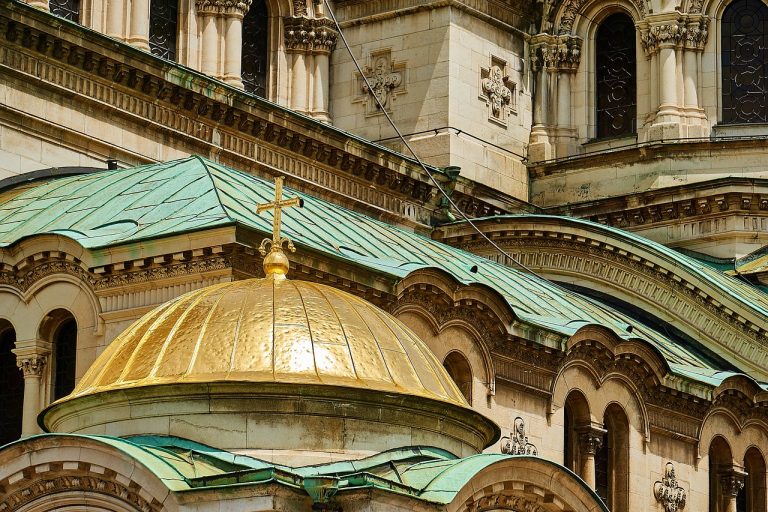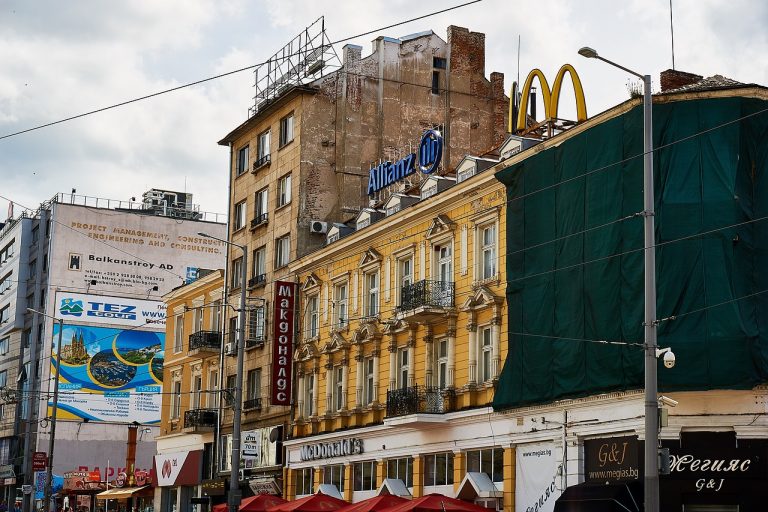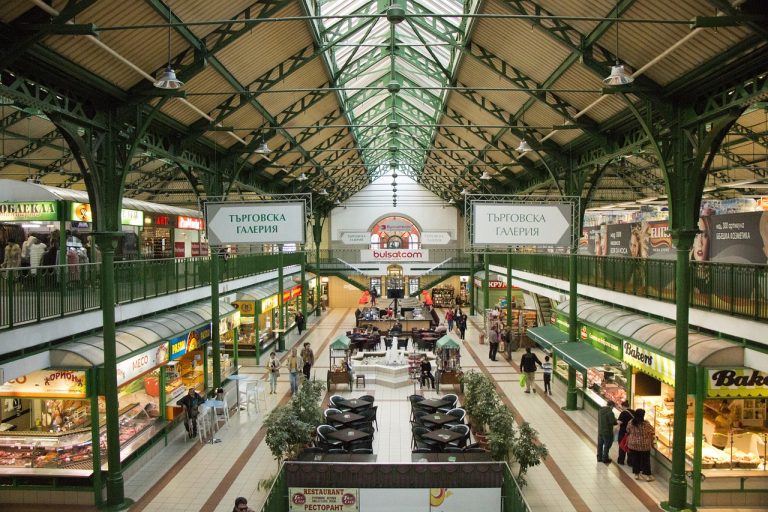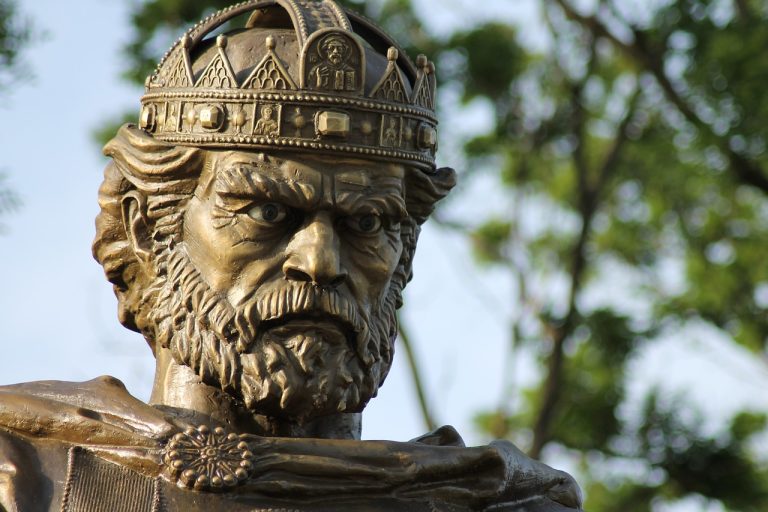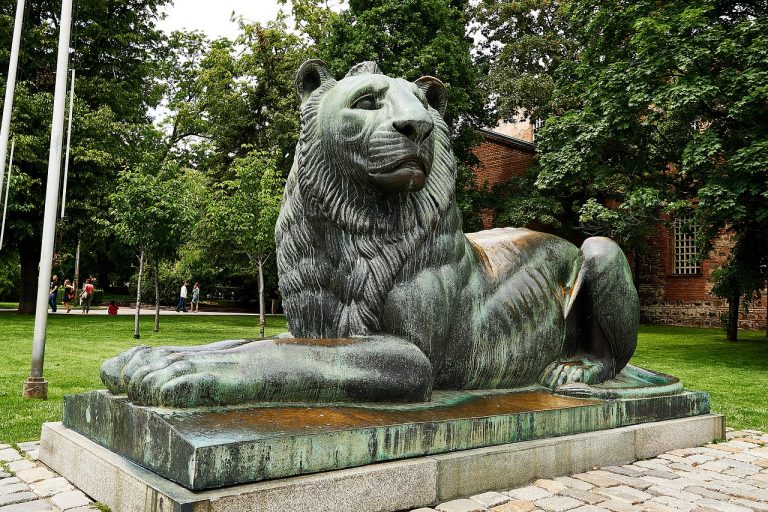Sofia Bulgaria Video
Architectural Wonders: Iconic Buildings in Sofia Bulgaria
Sofia, the capital city of Bulgaria, is a treasure trove of architectural wonders that showcase the rich history and culture of the region. From ancient Roman ruins to modern marvels, Sofia is home to a diverse range of iconic buildings. In this article, we will explore some of the most notable architectural landmarks in Sofia.
Alexander Nevsky Cathedral
The Alexander Nevsky Cathedral is a magnificent Orthodox cathedral located in the heart of Sofia. Built in the early 20th century, it is one of the largest Eastern Orthodox cathedrals in the world. The cathedral’s stunning architecture, with its golden domes and intricate details, is a sight to behold. Inside, visitors can marvel at the beautiful frescoes and icons that adorn the walls. The cathedral is a symbol of Bulgarian national identity and a must-visit for anyone exploring Sofia.
- The cathedral is dedicated to Alexander Nevsky, a Russian prince and military hero.
- It was constructed between 1904 and 1912.
- The cathedral can accommodate up to 10,000 worshipers.
- Its architectural style is predominantly Neo-Byzantine.
- The interior features stunning mosaics and artwork.
National Palace of Culture
The National Palace of Culture, also known as NDK, is a prominent landmark in Sofia. Built in the 1980s, it is the largest multifunctional congress center in Southeastern Europe. The building’s unique design, with its distinctive copper roof, is a blend of modernist and brutalist architecture. The NDK hosts various cultural events, including concerts, exhibitions, and conferences, making it a hub of activity in the city.
- The NDK covers an area of 123,000 square meters.
- It was designed by a team of Bulgarian architects led by Alexander Barov.
- The building has multiple halls and conference rooms.
- It is surrounded by spacious gardens and a lake.
- The NDK is a popular gathering place for locals and tourists alike.
Sofia Bulgaria Image 1: 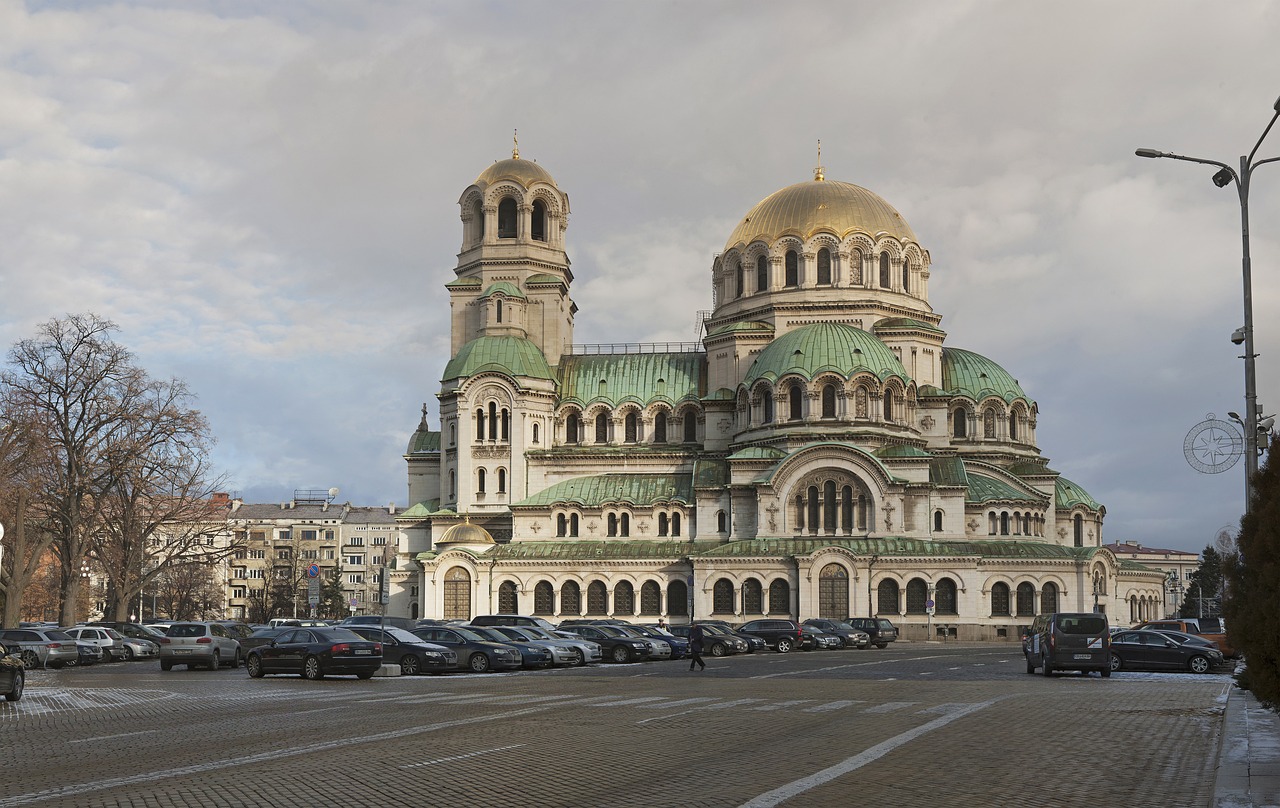
St. George Rotunda
The St. George Rotunda is a historic building located in the city center of Sofia. Dating back to the 4th century, it is one of the oldest buildings in the city. Originally a Roman building, it later served as a church during the Byzantine and Ottoman periods. The rotunda’s architecture showcases a mix of Roman, Byzantine, and Ottoman influences. Inside, visitors can see well-preserved frescoes from different periods of its history.
- The rotunda is believed to have been part of a Roman complex.
- It was converted into a church in the 6th century.
- The building was used as a mosque during the Ottoman rule.
- It was restored and opened to the public in the 20th century.
- The rotunda is a UNESCO World Heritage site.
National Theatre Ivan Vazov
The National Theatre Ivan Vazov is the oldest and most prestigious theater in Bulgaria. Located in the city center, it is named after the prominent Bulgarian writer Ivan Vazov. The theater’s neoclassical architecture and grand facade make it a striking landmark in Sofia. Inside, visitors can enjoy a wide range of performances, including plays, operas, and ballets.
- The theater was officially opened in 1907.
- It was designed by renowned Austrian architects Ferdinand Fellner and Hermann Helmer.
- The interior is adorned with magnificent chandeliers and decorative elements.
- It has a seating capacity of over 1,000 people.
- The National Theatre Ivan Vazov is considered the cultural heart of Sofia.
Sofia Bulgaria Image 2: 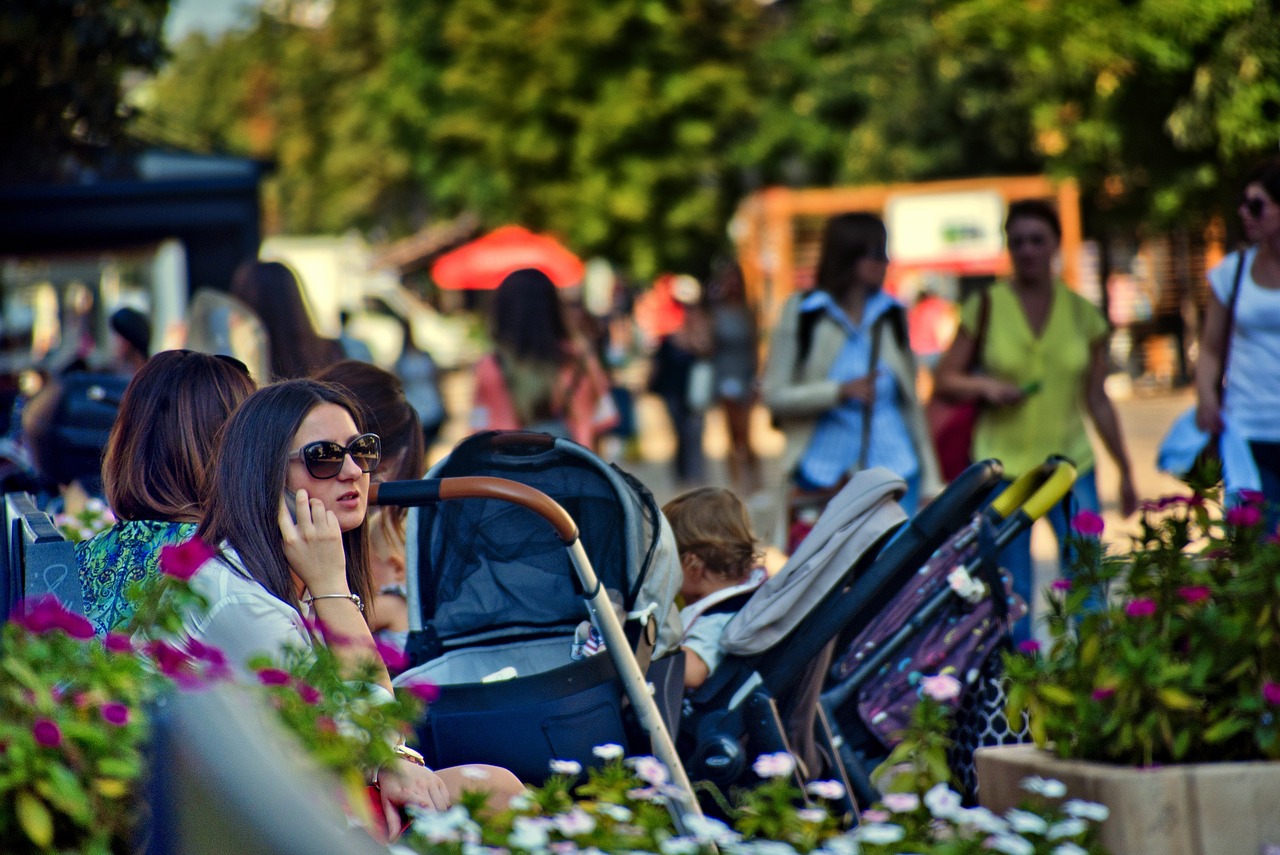
Boyana Church
The Boyana Church is an exquisite medieval Orthodox church located on the outskirts of Sofia. Dating back to the 10th century, it is renowned for its stunning frescoes, which are considered some of the finest examples of Eastern European medieval art. The church’s architecture features a combination of Byzantine, Bulgarian, and European influences, making it a UNESCO World Heritage site.
- The church is named after the Boyana neighborhood where it is situated.
- It is famous for its three layers of frescoes, depicting biblical scenes and portraits.
- The frescoes were painted in different periods, spanning the 11th to the 14th century.
- Visitors can explore the church with a guided tour.
- Boyana Church is a popular pilgrimage site for Orthodox Christians.
National Archaeological Museum
The National Archaeological Museum is a fascinating institution that showcases Bulgaria’s rich archaeological heritage. Located in a beautiful neoclassical building, the museum houses a vast collection of artifacts, spanning prehistoric, Thracian, Roman, and Byzantine periods. Visitors can explore ancient treasures, including jewelry, pottery, and sculptures, which provide insights into Bulgaria’s ancient civilizations.
- The museum was founded in 1892.
- It is located in the former residence of the Bulgarian royal family.
- The collection includes over 55,000 artifacts.
- Highlights of the museum include the Panagyurishte Treasure and the Thracian gold.
- Visitors can learn about Bulgaria’s archaeological discoveries through interactive exhibits.
Sofia Bulgaria Image 3: 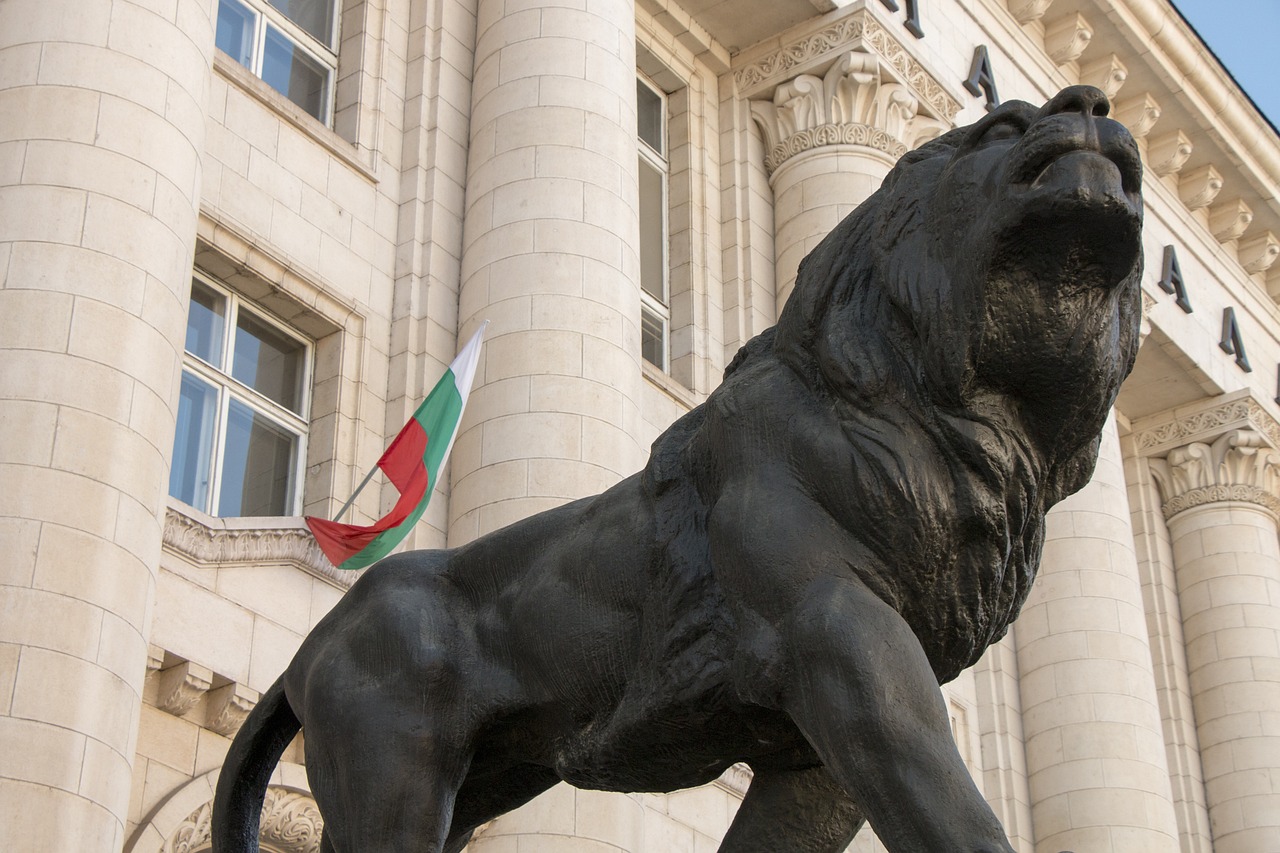
Central Sofia Market Hall
The Central Sofia Market Hall, also known as Tsentralni Hali, is a vibrant indoor market located in the heart of the city. Built in the early 20th century, it is a prime example of Bulgarian Renaissance architecture. The market hall is a popular destination for food lovers, offering a wide variety of fresh produce, local delicacies, and traditional crafts.
- The market hall was designed by architect Naum Torbov.
- It features a beautiful facade with colorful ceramic decorations.
- Inside, visitors can find a range of stalls selling fruits, vegetables, meat, and dairy products.
- The market hall is a great place to experience Bulgarian cuisine and culture.
- It has become a popular spot for locals and tourists to shop and dine.
Conclusion
Sofia, Bulgaria’s capital city, is a captivating destination for architecture enthusiasts. The city’s iconic buildings, from the Alexander Nevsky Cathedral to the National Archaeological Museum, offer a glimpse into Bulgaria’s rich history and cultural heritage. Whether you are fascinated by ancient ruins or modern masterpieces, Sofia has something to offer for everyone. Explore these architectural wonders and immerse yourself in the beauty of Sofia’s architectural landscape.
References
- cityloco.net (Sofia Bulgaria images)
- bulgariatravel.org (Alexander Nevsky Cathedral)
- ndk.bg (National Palace of Culture)
- sofia-guide.com (St. George Rotunda)
- nationaltheatre.bg (National Theatre Ivan Vazov)
- boyana-church.com (Boyana Church)
- namuseum.bg (National Archaeological Museum)
- visitsofia.bg (Central Sofia Market Hall)


